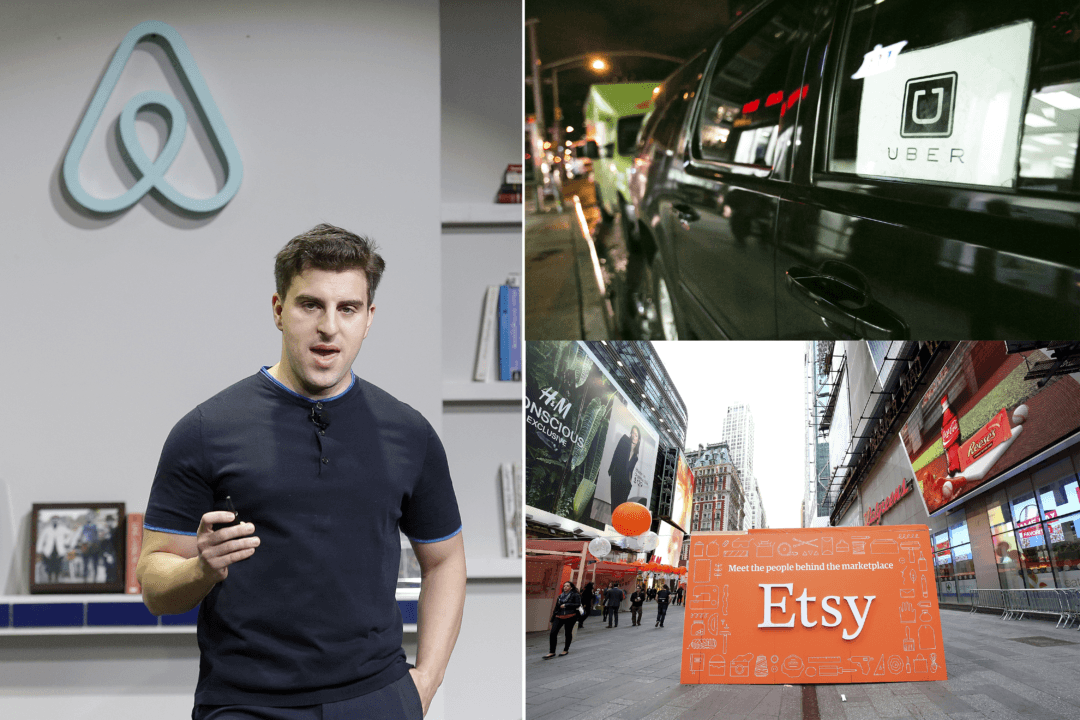Startups often struggle to attract their first customers. It’s even more challenging for sharing economy platforms that connect customers with service providers. So how do the billion dollar unicorn companies set themselves apart?
Thales Teixeira, an associate professor at Harvard Business School, analyzed the best known and most successful startups—Uber, Etsy, and Airbnb—and found some common traits in how these businesses attracted their first 1,000 customers.
It's not just the chicken and the egg, you also want to select the right eggs.
, Harvard Business School





